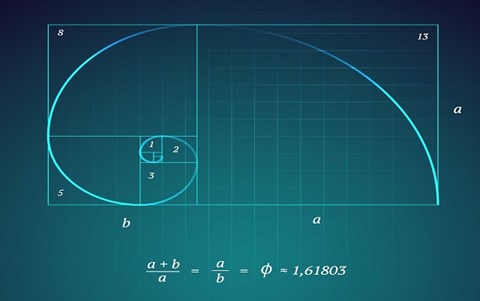Fibonacci served three ways
In this lesson sequence students learn to code separate modules that perform discrete functions but collectively meet the needs of the solution. They select the most appropriate algorithm based on the type of problem.
Additional details
| Year band(s) | 9-10 |
|---|---|
| Content type | Lesson ideas |
| Format | Web page |
| Core and overarching concepts | Algorithms, Implementation (programming) |
| Australian Curriculum Digital Technologies code(s) |
AC9TDI10P09
Implement, modify and debug modular programs, applying selected algorithms and data structures, including in an object-oriented programming language |
| Technologies & Programming Languages | Python |
| Keywords | Fibonacci, Algorithm, Making comparisons, Iteration, Recursion, Formula |
| Integrated, cross-curriculum, special needs | Mathematics |
| Organisation | ESA |
| Copyright | Creative Commons Attribution 4.0, unless otherwise indicated. |
Related resources
-

Behaving with real class - Using a text-based language
This lesson sequence offers an approaches to teaching object-oriented principles using text-based programming.
-

Behaving with real class – Using a visual language
This lesson sequence offers an approaches to teaching object-oriented principles using visual programming.
-

Breaking up can be good
This lesson sequence provides an introduction to the skill of decomposition by having students develop discrete modules which together serve a single need: a maths teacher asks for a program that can be used to demonstrate aspects of maths.
-

Getting warmer
This lesson sequence intentionally uses a visual based programming tool to introduce designing and validating algorithms.
